There are different opinions and legends about the origin of Armenians. According to tradition, they are believed to be descendants of Japheth, one of Noah’s sons. According to an ancient belief, Noah’s ark finally came to rest near the peaks of Aragats after the flood that submerged the entire world. It is said that Noah’s family first settled around Mount Aragats and in the territory of Armenia after Noah’s ark came close to Mount Aragats. Later they went to Babylonia, but it is believed that they returned to the ark because of various obstacles, hardships and hardships in Babylonia. Armenians believe they know where Noah’s Ark is. There is a widespread belief in Armenian folklore that Noah’s ark is still buried under the ice at the top of Mount Aragats.
Mount Aragats is a sacred object
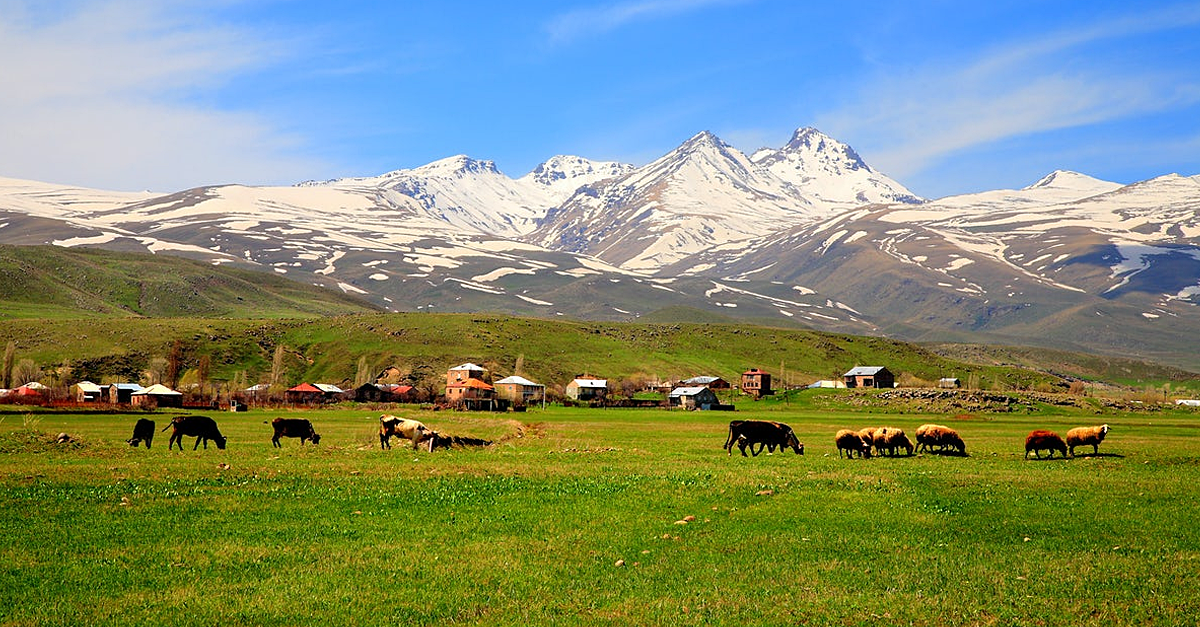
The snow-capped Mount Aragats is the main national symbol of Armenia and is considered sacred by many Armenians. According to the Greek historian Herodotus, the Armenians originally lived in Thrace and then moved into Asia Minor, crossing Phrygia and into the area around the Euphrates River. It later became Armenia. Herodotus says that the Armenians came from two separate directions; One group came from Thrace and Phrygia in the west, while the other group came from Mesopotamia in the southeast. Another group of historians say that the Armenians came from the kingdom of Urartu, which ruled eastern Anatolia between the 9th and 6th centuries. When Urartu disappeared from history after repeated raids by the Assyrians, Medes, and Scythians in the 6th century BC, it is suggested that their neighbors called the Armenians “Armenia” and their country “Armenia”.
An Indo-European language
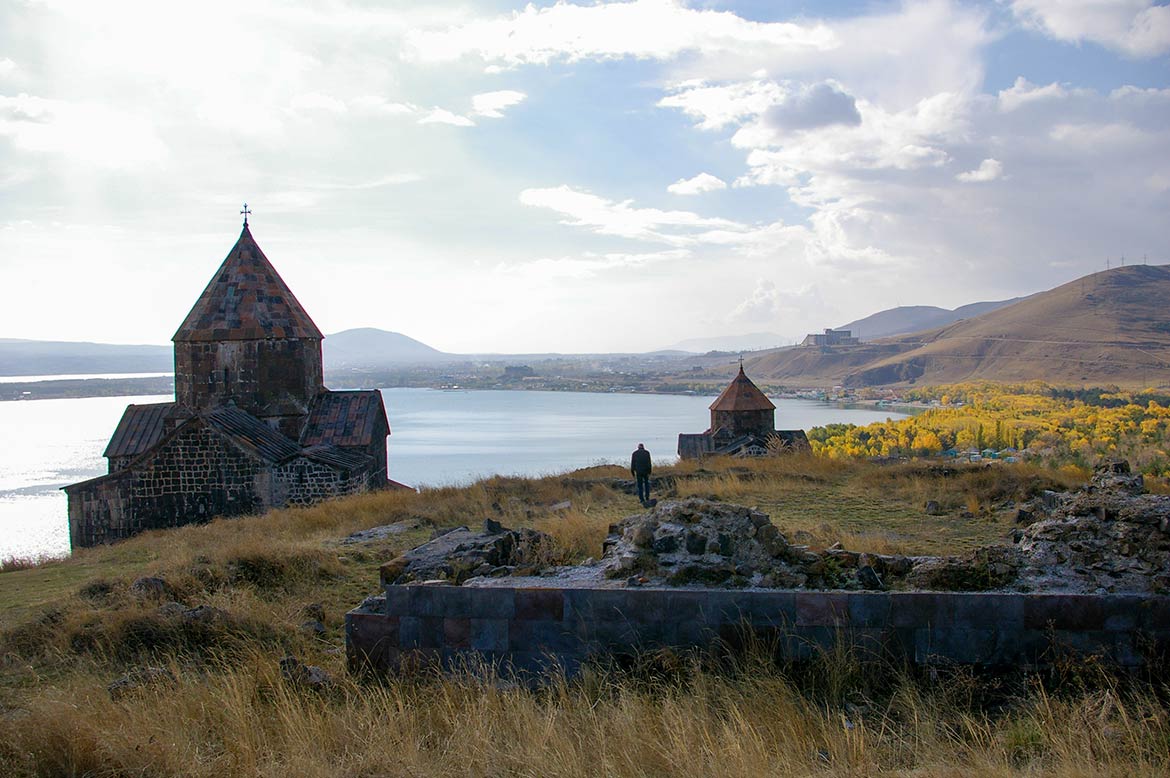
Armenian is an Indo-European language with a unique alphabet that dates back to AD. Found at the beginning of the 5th century. Most Armenians belong to the Armenian Apostolic Church, which was the first nation in the world to adopt Christianity as its state religion in the early 4th century. Armenia in AD A regional empire boasting a rich culture dating back to the 1st century AD, they once controlled all of the land between the Black and Caspian seas. After the Parthian (Iranian), Roman, Arab, Mongol and Persian invasions, Armenia was significantly weakened. In 1454, Armenia was divided between the Ottoman Empire and Safavid Persia.
Important crossroads of Europe and Asia
Armenia, a mountainous country attached to the South Caucasus mountain range, is located at an important crossroads between Europe and Asia. It is bordered by Georgia in the north, Azerbaijan in the northeast and southwest, Republic of Artak in the east, Turkey in the west and Iran in the south. Armenia is truly a land of mind-blowing natural beauty with a unique culture and tradition. Mountain valleys, dormant volcanoes and rushing rivers create wonderful views. Therefore, the information that the people of ancient Armenia worshiped nature is not surprising.
The highest point in Armenia is Mount Aragats at 4,090 meters above sea level. Aragats is the highest point in the Caucasus. The longest river in Armenia is the Araks River, its length is km. 158. The river flows through Turkey, Armenia, Azerbaijan and Iran, making the total length of the river 1,072 km. The land below 650 meters above sea level is only 3% of the country’s land area. All the rest are high ground.
Seven geographical regions
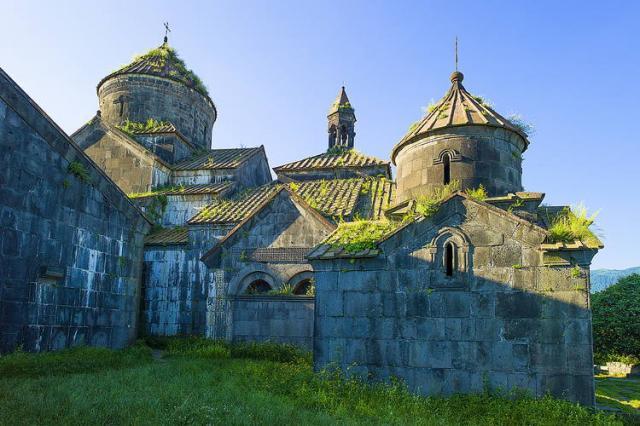
The lowest point in Armenia is the Debed River Park, 380 meters above sea level. Armenia’s largest reservoir is Lake Seven, one of the largest freshwater lakes in Eurasia. With a land area of 29,743 km², Armenia is slightly smaller than Belgium or slightly smaller than the US state of Maryland. The population of Armenia is only 3 million.
Armenia has a range of stunning landscapes within its borders, including seven geographical zones, from deserts and semi-deserts to alpine and sub-alpine meadows. Summers are hot and sunny, winters are cold and icy, and the beautiful plants that sprout in the spring bring it to life.
The most famous and beautiful “Seven Lake”
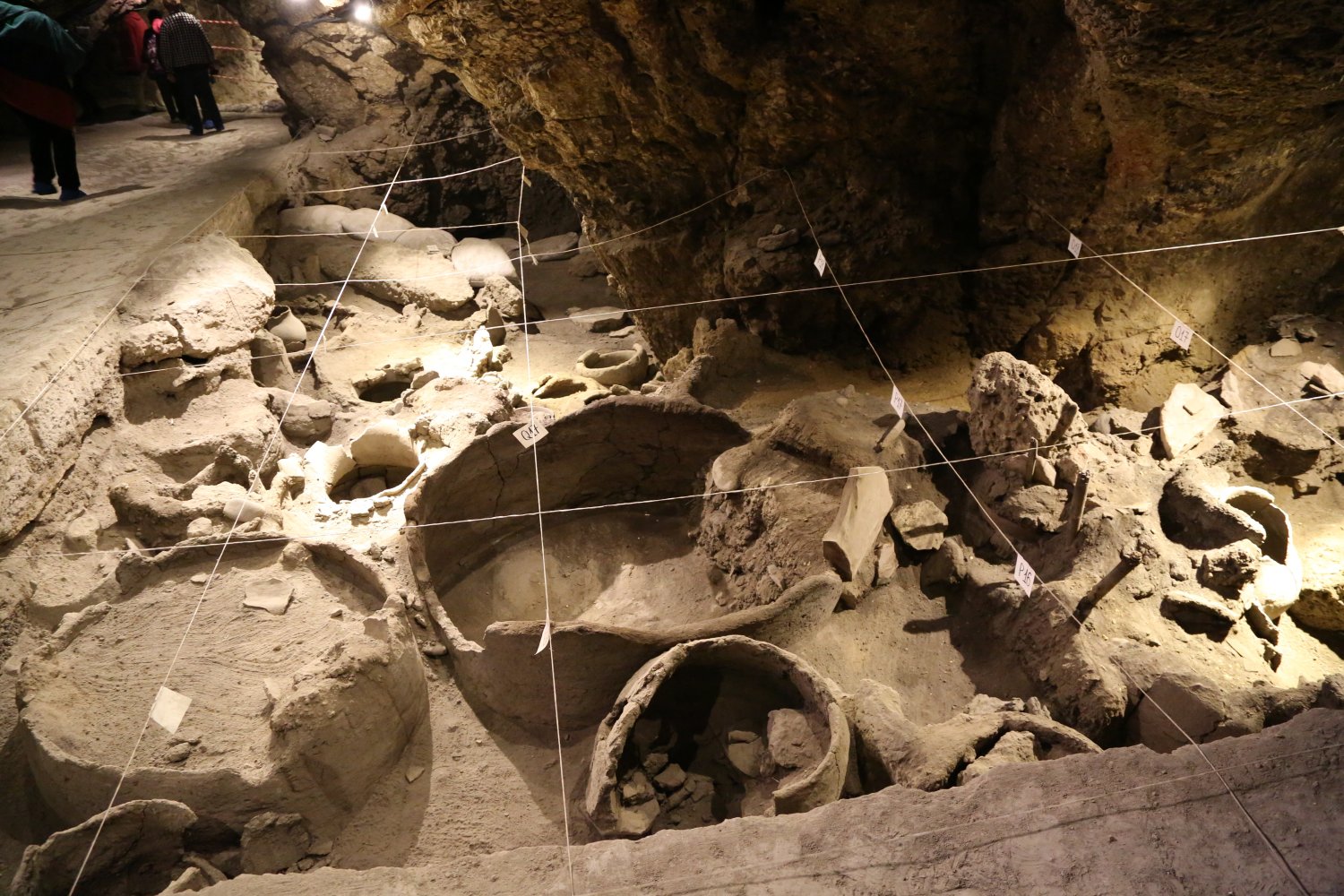
The territory of Armenia is located in the western part of Asia and lies between the northeastern part of the Armenian Plateau, the Caucasus Mountains and the confluence of the Kur and Araks rivers. The average elevation of the territory of Armenia is 1800 meters above sea level. 76.5% of the land is located at an altitude of 1000-2500 meters above sea level. The highest elevation is Mount Aragats at 4090 meters. Kaputju, the highest peak in the country, stands at 3906 meters. Ashdak peak is 3598 meters, Spitakasar peak is 3555 meters and Vardanis peak is 3522 meters high. Among several major rivers here, the longest river is Worotan River which is 111 km. The most famous beautiful lake “Seven Lake” belongs to Armenia and 28 major rivers and many small rivers flow into this shade.
It is located at a height of 1899.90 meters above sea level. Many monuments and artefacts from ancient and medieval times can be found across the country. Some of the most impressive sights in Armenia include the water resorts of Seven Lakes, Arsni and Jarmuk hot springs, Dilijan, Agveran, Zagkadzor, Burakan and Gugark forests and mountainous natural caves and mountains.
The oldest winery in the world

Archaeologists say that the world’s oldest wine factory has been found in Armenia. That’s with the discovery of a winemaker and fermentation vessels about 6,000 years ago in a cave in the South Caucasus. It’s the earliest example of a complete winery, said Gregory Areshian, co-director of the excavation at the University of California, Los Angeles. The work was found in the mountains of southeastern Armenia.
The same area was also the place where the oldest leather shoe was found about 5,500 years ago. Inside the cave, the international team of archaeologists found a shallow basin, about 1 meter (3 feet) high, that drains into a deep bowl. It was identified as a wine press where grapes were trampled by human feet. The team also found grape seeds, remains of compressed grapes and dozens of dried vines. In 2011, they discovered the oldest winery on Earth. It was found in a cave near Arini village.
Armenia is a crossroads of the Great Silk Road
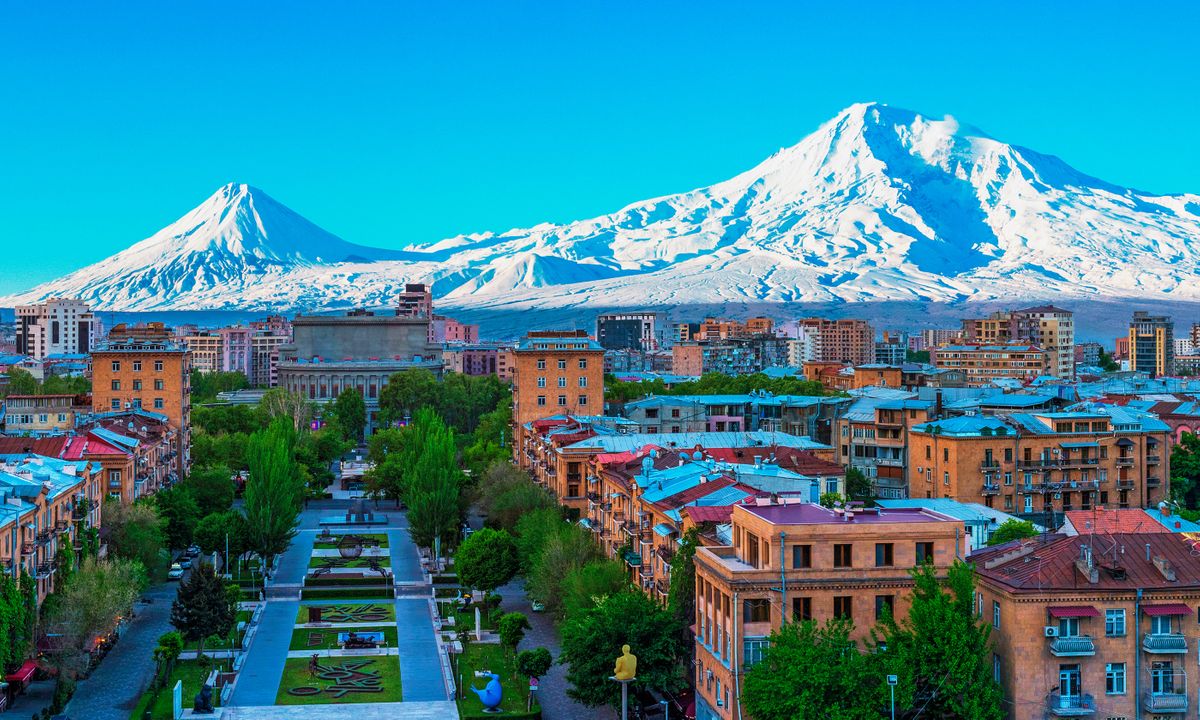
Armenia, a crossroads of the Great Silk Road, is a country of rugged mountains and dormant volcanoes located between the Black Sea and the Caspian Sea in the South Caucasus. It was the smallest republic of the former Soviet people’s governments and became a republic of the Soviet Union in 1922, after World War I. Armenia declared independence in 1990 and was officially recognized as an independent country after the collapse of the Soviet Union in 1991. Armenia’s current population is less than 3 million. An estimated 5 million Armenians live outside Armenia, mainly in Russia, the United States, France, Georgia, Lebanon, Iran, and Syria. Many of them immigrated in the early 1900s.
Armenia’s capital, Yerevan, is one of the world’s oldest inhabited cities, thought to predate ancient Rome by 29 years. Armenia is home to three UNESCO World Heritage Sites. Among them are the monasteries of Hagpath and Sanahin, Khmiatsin Cathedral and Churches, the archaeological site of Gegard in Svartnots, and the Upper Azat Valley Monastery. These two Byzantine monasteries in the Tumenian region were important centers of learning from the heyday of the Curician dynasty (10th to 13th centuries). Sanahin was famous for its school of teaching and calligraphy. The two monastic complexes represent the highest level of Armenian religious architecture. Its unique style was developed in Byzantine
Elements of church architecture and traditional architectural architecture of the Caucasian region.
The world’s longest reversible cableway (5752 m), which is included in the Guinness Book of Records as the shortest, most beautiful and impressive route to the Tatev Monastery, is located above the gorge of the fierce Vorotan River. This skyway is located at an altitude of 320 meters with an unforgettable flight of twelve minutes.
Chess is part of the curriculum

Chess is part of the curriculum of Armenian education. That explains why Armenians are so good at the game. Since independence from the Soviet Union, Armenia has become the world champion of the sport. The men’s national team won the European Team Championship in 1999, the World Team Championship in 2011 and the Chess Olympiad Championships in 2006, 2008, 2012, and the women’s team won the European Championship in 2003. In a survey of 44,000 American men, Armenian women ranked first among the sexiest women in the world.



